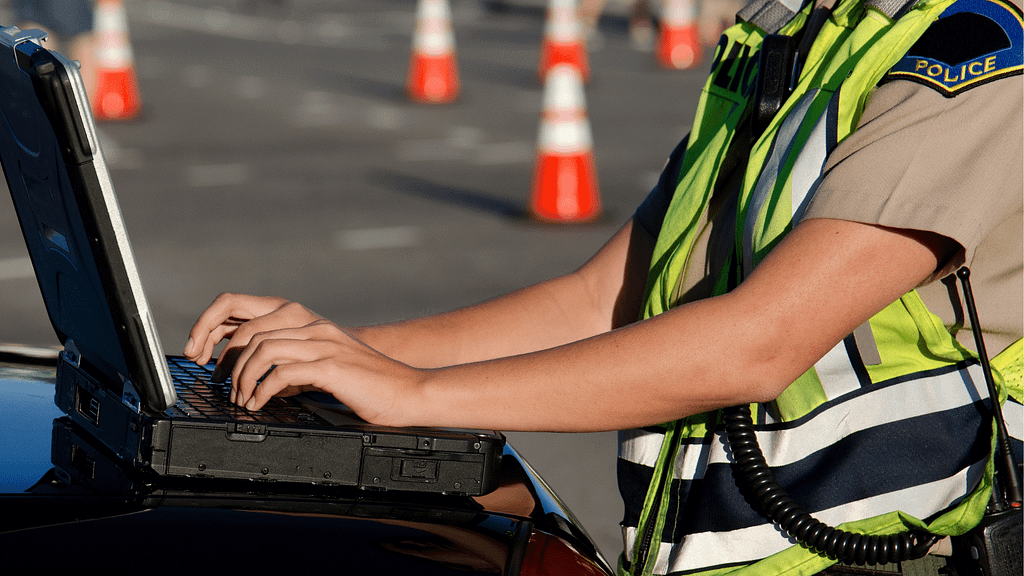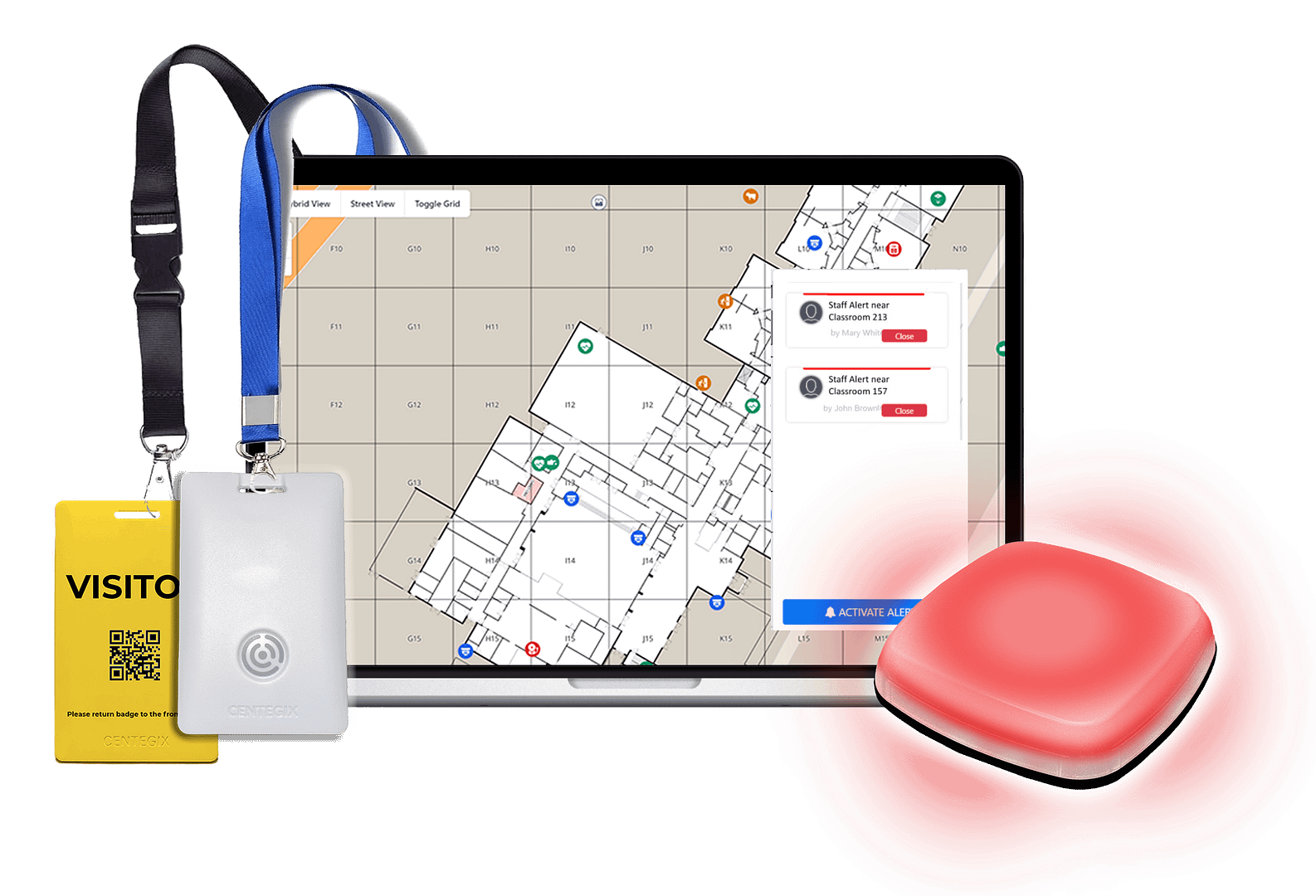On Tuesday, June 13th, 2023, Governor Greg Abbott of Texas signed Texas HB3 into law, increasing funding for and encouraging improved school safety solutions, including the implementation of silent school alert systems. This move will better prepare Texas schools for responding to emergencies, including natural disasters, cyberattacks, and other crises.
School districts across the state support better protection plans for teachers and students. Still, some school administrators need clarification about what type of school alert system will meet the requirements of the Texas HB3.
An Overview of Texas HB3
Texas HB3 provides a historic increase in funding for Texas schools. The increased funds will support higher teacher salaries and offer more incentives, disperse more money in the highest-poverty areas, and invest in improvements for student outcomes with support in early reading, dual language, and dyslexia.
Texas HB3 also focuses on improving school safety with:
- mental health training requirements for all employees who regularly interact with students
- at least one armed security officer should be present during school hours
- agency monitoring of safety and security for the school district
- emergency response map with the option for local emergency responders to walk through
The bill goes into effect on September 1st, 2023. Texas HB3 will provide schools with ongoing financial support to make this adjustment and remain in compliance with the new requirements.

Technology and Texas HB3
Texas HB3 requires school districts to implement safety technology such as “communications systems or devices, such as silent panic alert devices, two-way radios, or wireless Internet booster equipment, that facilitates communication and information sharing between students, school personnel, and first responders in an emergency.” As we have seen before, every second matters in the case of an emergency.
The new law encourages school districts to adopt the latest and best technology, such as mass notification systems, surveillance cameras, and access control systems, to protect students and teachers in the face of a threat.
Technology systems that are the most efficient in mitigating an adverse event include:
- mass notification system
- access control system
- accurate mapping of the campus
Continue reading to learn how these features work together for the fastest response to an emergency.
Mass Notification System
Mass notification systems promptly alert the campus community of emergencies, providing potentially lifesaving information on how to react, whether an evacuation or lockdown.
In the case of a threat, a mass notification system should:
- Notify everyone on campus, inside and outside.
- Work reliably despite power and internet issues.
- Directly communicate with local police, EMTs, and other certified first responders.
Intercom announcements relay information that people need to respond most safely to the threat. Pre-recorded messages ensure the message is clear, despite panic and/or the inability of someone to get on the intercom. Strobe lights, both inside and outside, provide a visual cue that an emergency is underway and keep potential victims from entering a school during an unsafe situation.
Access Control Systems
Preparing a response plan for emergencies saves lives. Some situations are unavoidable, but there are practices schools can follow to prevent problems like intruders. Access control systems protect students and staff by controlling entrances and exits on school campuses.
Technologically advanced access control systems can work as guards for the campus, ensuring no one enters the school who isn’t supposed to be there with:
- digital locks
- electronic identification devices for staff and visitors
- key cards
- biometric scanners
These technologies can control building access and monitor specific areas, safeguarding access to sensitive information and creating a more secure environment.
Accurate Mapping
One of the requirements of Texas HB3 is for the school to provide an “accurate map of each district campus…with site and floor plans, access control, and exterior door numbering.”
Static maps can meet this requirement for the bill, but law enforcement has shared that these maps are often inaccurate and need to be updated, which causes delays in emergency responses. While blueprints of schools have been available to law enforcement since the 90s, digital maps contain far more useful information that can be critical in the case of an emergency such as:
- the precise location of safety and security assets
- digital records of safety assets that can track expiration dates and provide notifications when a replacement is needed
- layers of the map pertaining to different areas such as safety, security, and IT to easily view what is important at the time
Digital maps can be easily updated by the users and reflect any changes to the building, whether temporary or permanent, ensuring that first responders can safely, swiftly, and accurately enter the location whenever an emergency happens.
CENTEGIX Meets the Needs of HB3, All-in-One Platform
There’s no need to employ multiple vendors to meet the requirements of Texas HB3. CENTEGIX safety solutions are all integrated into one platform that seamlessly functions as a safety ecosystem for campuses of any size.
CENTEGIX’s CrisisAlert System is an incident response solution that instantly routes alerts for help to the right personnel for incidents ranging from a disruptive student to an emergency lockdown. With CrisisAlert, clear and critical information is immediately delivered to all impacted people, both on campus and off, so they may act quickly and not waste time when every second matters.
The CrisisAlert wearable badge system works quickly and effectively with:
- One button activation: an alert for help can be triggered easily and discreetly.
- Immediate notification: alert reaches administrators and emergency responders rapidly.
- No dead zones: the alert system works everywhere on campus independent of cell service or Wi-Fi.
- Audio and visual alerts: with a combination of strobe lights, desktop screen takeover notifications, and intercom integration, everyone is made aware of the emergency alert.
- Location accuracy: system notifies responders of the exact incident location so no time is wasted.
CENTEGIX employs dynamic digital mapping with their Safety Blueprint solution, an editable architecture map of the entire campus with layers including locations of safety assets. With the ability to track inventory of safety items and inspection dates, the Safety Blueprint ensures you’re always prepared. In the case of an emergency, local first responders can refer to the map for the safest and fastest route to the site of the incident and easily see all important school safety resources, such as AEDs.
But that’s not all. CENTEGIX’s Enhanced Visitor Management keeps schools safe with an improved visitor check-in and management system. This feature:
- runs a background check on visitors at the door over banned list and offender registries
- provides discreet notifications options for visitor issues
- locates every visitor in real time during an emergency
With the CENTEGIX Enhanced Visitor Management system, visitors wear a yellow badge, easily identifying them to school staff and students. This badge includes real-time visitor locating technology, so administrators can keep tabs on all visitors’ room locations for the duration of their visit.
As states like Texas pass legislation requiring more proactive safety policies of school districts, it’s important to ensure your district is not only in compliance but doing the best you can for your campus community. Visit our Texas state page for more information or connect with a CENTEGIX specialist here.












